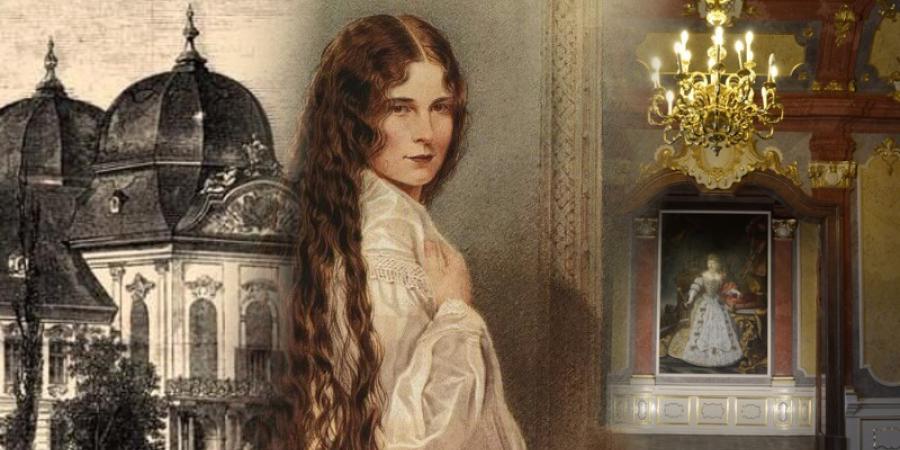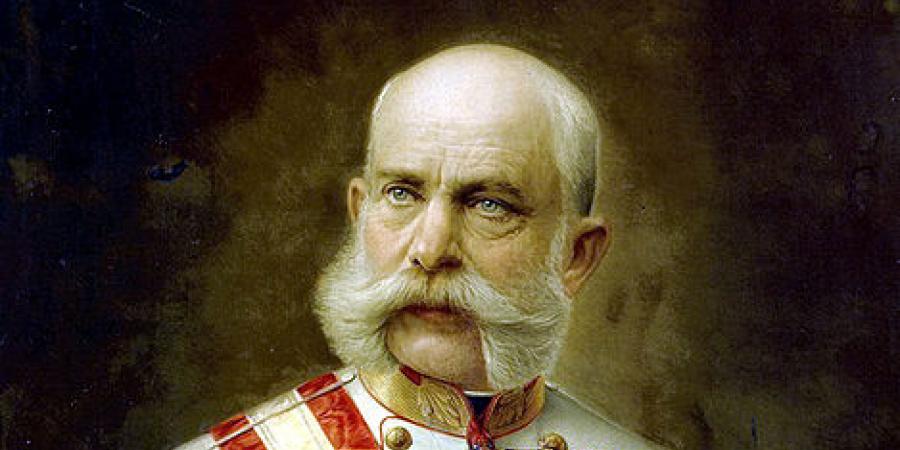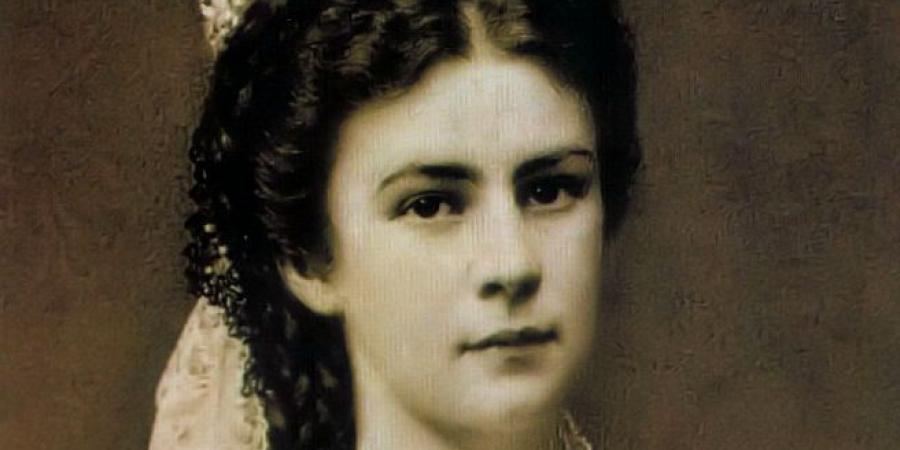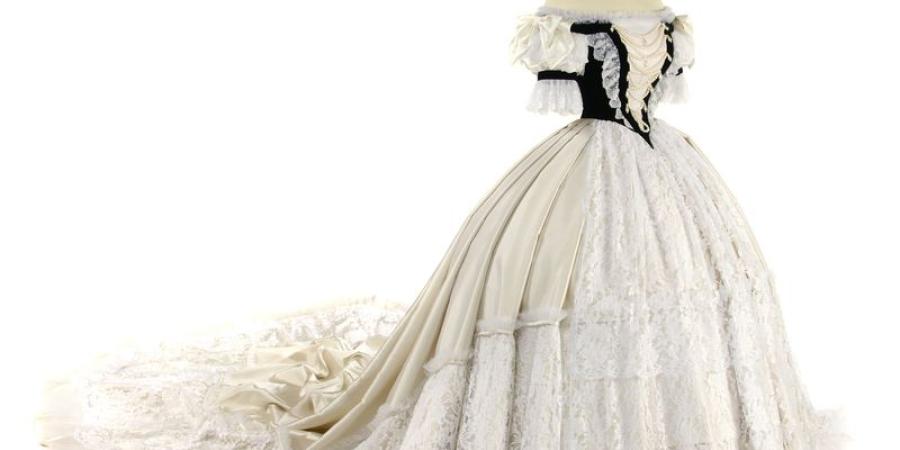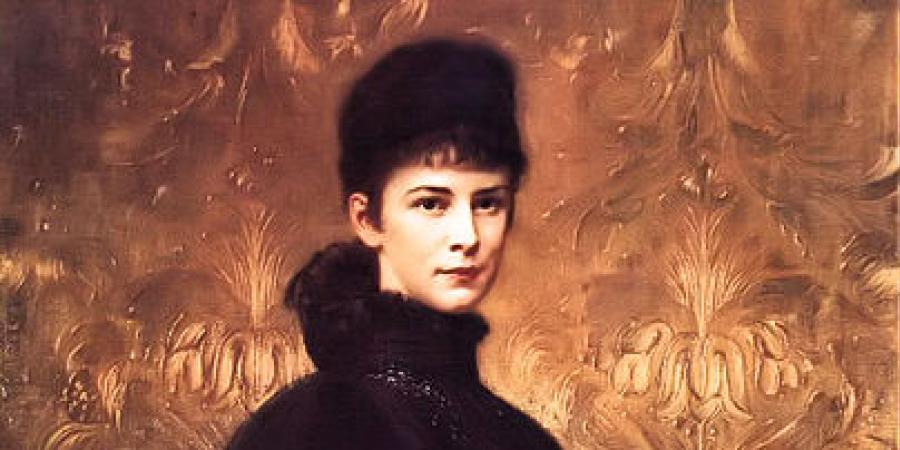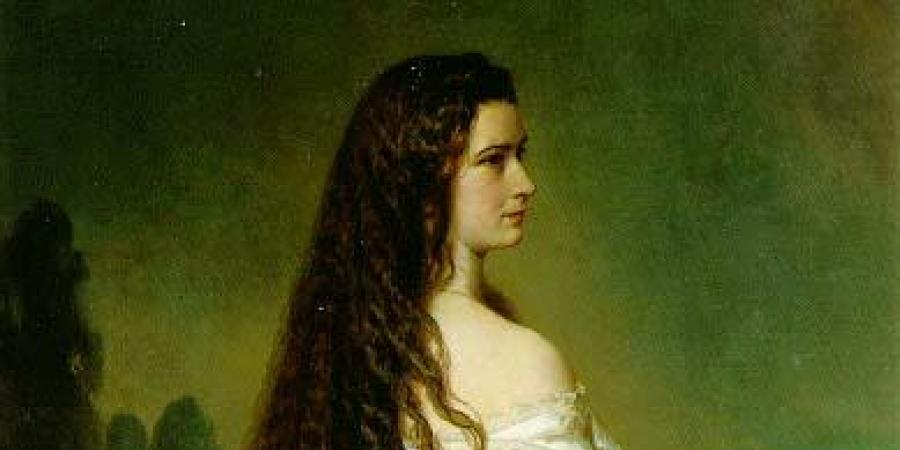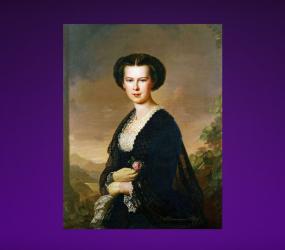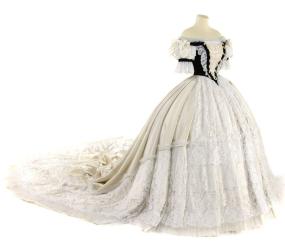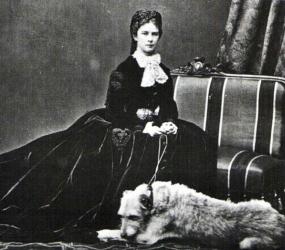Rovatok
Queen Elisabeth's Bathroom and Bedroom in the Royal Palace of Gödöllő
In this paper, I will reveal where Queen Elisabeth's bathroom was furnished in the Royal Palace of Gödöllő, and where exactly the simple iron bed she slept on was set up in her bedroom. Furthermore, I will confirm the fact that Sisi's upstairs suite was connected with a private spiral staircase to the ground floor not only in Schönbrunn Palace but also in the Royal Palace of Gödöllő. The next time you visit the palace, you can also try to find out based on the description below, where Elisabeth's former bathroom could be furnished, and where her iron bed could stand.
It is NOT Elisabeth, neither her Hairdresser in the Photo
Elisabeth did not allow herself to be photographed after the year 1866, when the coronation photo session was taken in the studio of Emil Rabending, one year before the Hungarian coronation. There could be other photos taken in year 1867, but they were taken before her pregnancy with her fourth child, Marie Valerie was visible. (Elisabeth gave birth to Valerie on 22 April 1868. ) However, several speculations were made and some found photos saying that the ageing Elisabeth can be seen in them. Just as in the case of the photo on the right. Why is it not true?
Marie Valerie, the Favourite Daughter of Empress Elisabeth Called our Attention that her Mother’s Nickname is Sisi
The Longest-reigning Emperor of Austria and King of Hungary: FRANZ JOSEPH
“Wait for me at 3:30 a.m., I haven’t quite finished my work” - these were the last words of Franz Joseph, the emperor of Austria according to his valet, Ketterl. The monarch regarded himself as the first officer of the monarchy that was why he was working even while being seriously ill on the day of his death on 21 November 1916.
It was Franz Joseph whose signature ultimately unleashed the World War I and led to the fall of his empire and the Austro-Hungarian Monarchy. Franz Joseph has been dead for a hundred years but his legend lives on.
THE GIFT OF THE RECONCILIATION - 150th Anniversary of the Austro-Hungarian Compromise of 1867
This year is the 150th anniversary of the foundation of the Austro-Hungarian Dual Monarchy and the coronation of Franz Joseph and Elisabeth in Budapest. The young emperor ruled in a neo-absolutist and authoritarian fashion, but in many regions of his multi-national empire the desire for autonomy was growing. His wife Elisabeth had great sympathy for the Magyars (Hungarians) and lent her support to endeavours to reintroduce the old constitution. Her emotional speeches given in Hungarian and her contacts with liberal Hungarian politicians eventually led to the coronation of Franz Joseph and Elisabeth as king and queen of Hungary in June 1867.
ELISABETH’S GARDROBE: Sisi’s Favourite Colours
Elisabeth had her dresses designed in accordance with her own style, which was dependant on a delicate taste and not on the actual fashion. Not only the Viennese court companies but also the most elegant Parisian tailor, Worth made her dresses, furthermore, she frequently had clothes delivered by Hungarian fashion companies as well.
What were her favourite colours and colour combinations? Why was she fond of black? The following article is going to answer all of these questions as well as many others and is going to enlighten many others which you might not have read about yet.
THE EMPRESS LOVED HER DOGS
Elisabeth undoubtedly loved her dogs, which followed her through the rooms of her homes. She even had a lot of photographs taken and paintings made of her favourite ones. The Empress had more photos with her dogs than with her nuclear family. It is important to note that Elisabeth had more photos even with her siblings than with her husband or children.
SISSI OR SISI OR LISI?
Unfortunately, it is true that in many places of Hungary and other parts of the world her nickname is spelt like that. It is incorrect. I would like to highlight the fact that in her “homeland” Austria (I mean the homeland of the Empress and not that of the Bavarian Duchess) her nick is "Sisi".
ELISABETH’S BEAUTIFYING BATHS
The article includes imperial beautifying bath recipes from the book of Chris Stadtländer, which has not been translated into English yet.
Elisabeth, who was very famous for her beauty cult, had refreshing and slimming baths daily in order to preserve her beauty and youth. She combined steam and hot bath with cold one. She especially liked warm olive oil to make her skin delicate. The Empress’ niece, Countess Wallersee witnessed and recorded a case when her aunt nearly sacrificed herself on the altar of beauty...

